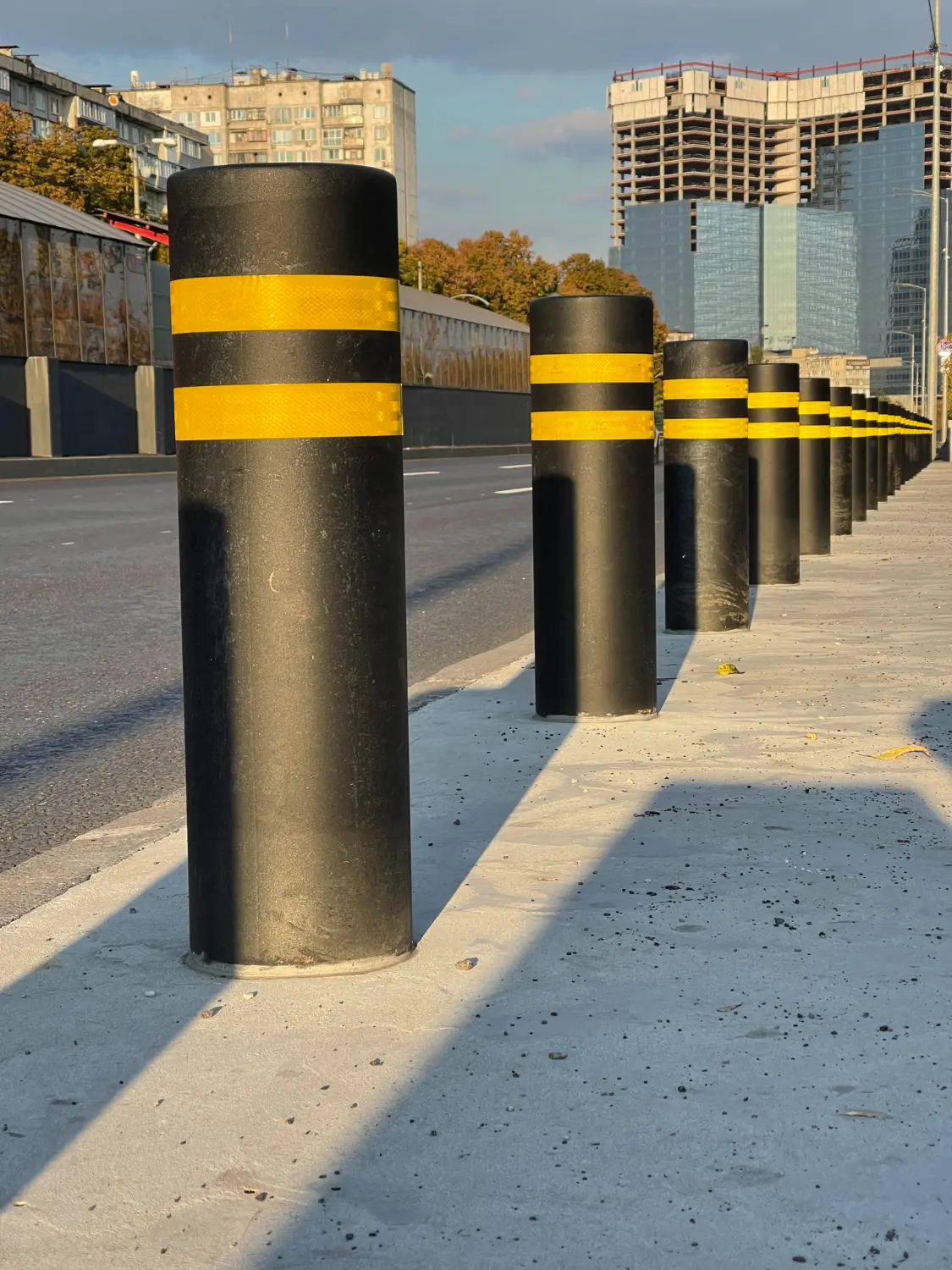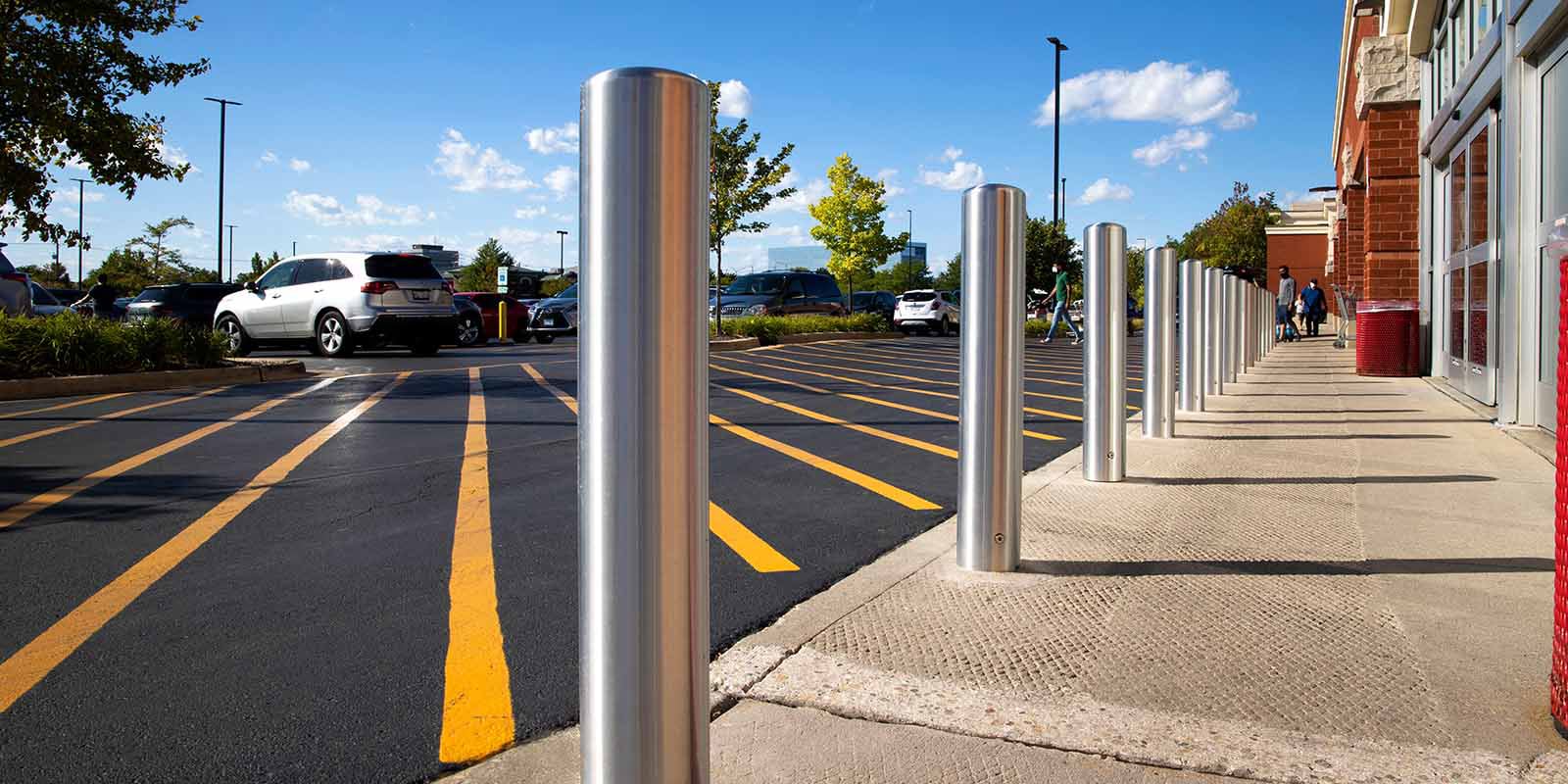Navigating Safety: The Step-by-Step Process of Bollard Installation in Charlotte
In the dynamic and rapidly growing city of Charlotte, ensuring the safety and functionality of public spaces is paramount. Bollards, those unassuming yet powerful posts, play a crucial role in managing traffic, protecting pedestrians, and fortifying critical infrastructure. In this detailed blog post, we delve into the step-by-step process of bollard installation in Charlotte, shedding light on the careful planning, precision, and strategic considerations that contribute to creating secure and well-designed urban environments.

